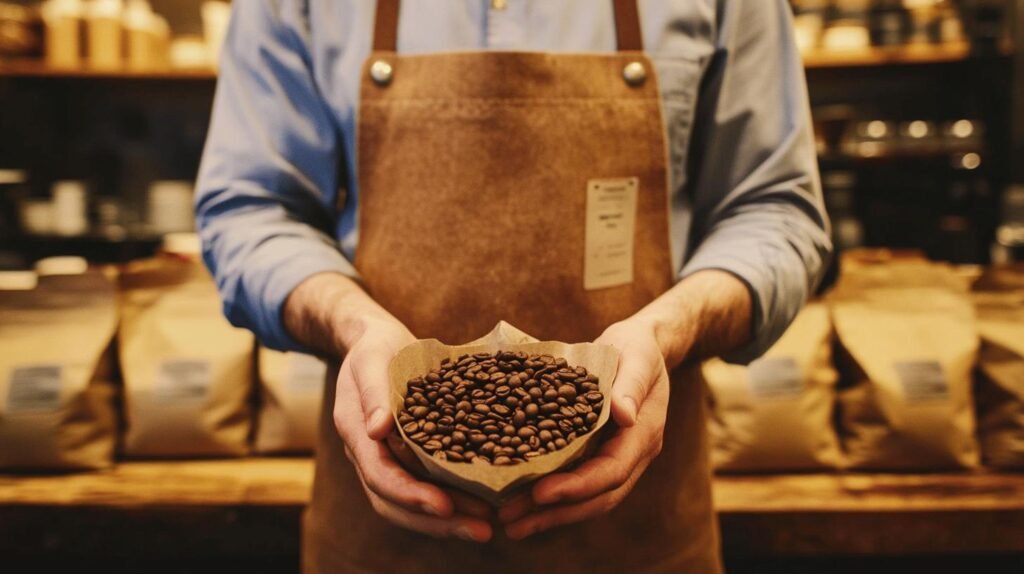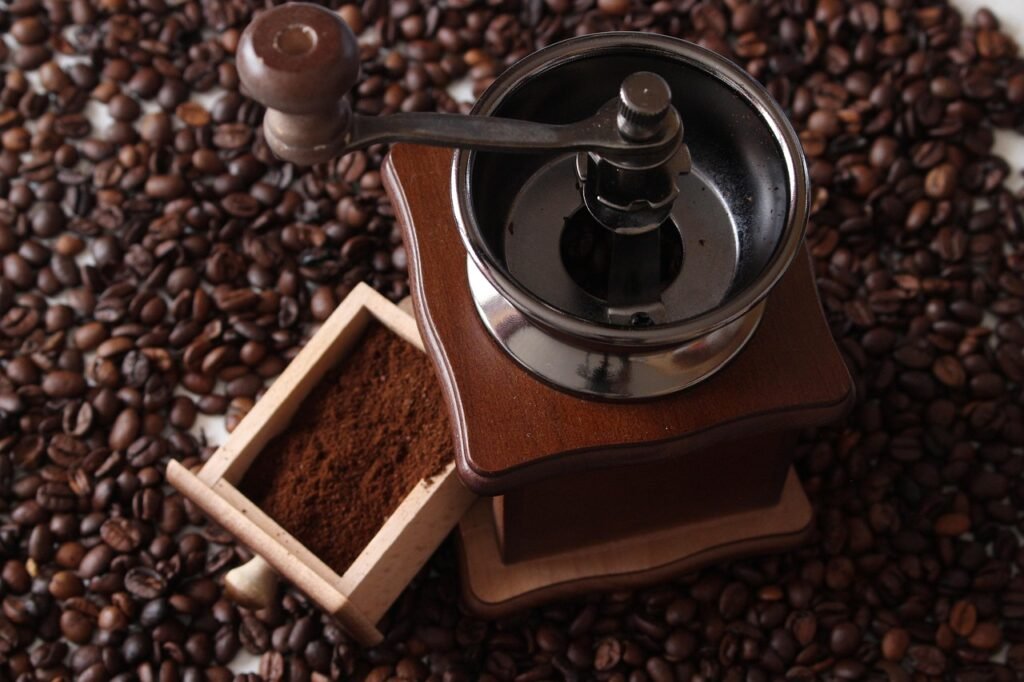TL;DR:
Key Factors for Selection:
- Roast Level, Origin, Blend vs. Single-Origin.
Home Roasting vs. Store-Bought:
- Home: Fresher, more flavorful, customizable.
- Store-Bought: Convenient but often stale.
Coffee for Latte Art:
- Medium-dark roast ideal for crema; recommended: Equipoise
Preparation Tips:
- Grind finely, measure accurately, and tamp evenly for the best extraction.
Are you struggling to achieve that perfectly balanced latte at home? Picking the right coffee beans can transform an ordinary latte into an extraordinary experience. With endless options on the market, finding the best beans tailored for your latte can be overwhelming. In this article, we’ll dive into a curated list of top coffee beans specifically suited for crafting delicious lattes, exploring their unique flavor profiles and origins. Discover how the right choice can elevate your latte game to barista-level perfection with each sip.
How to Choose the Best Coffee Beans for Lattes
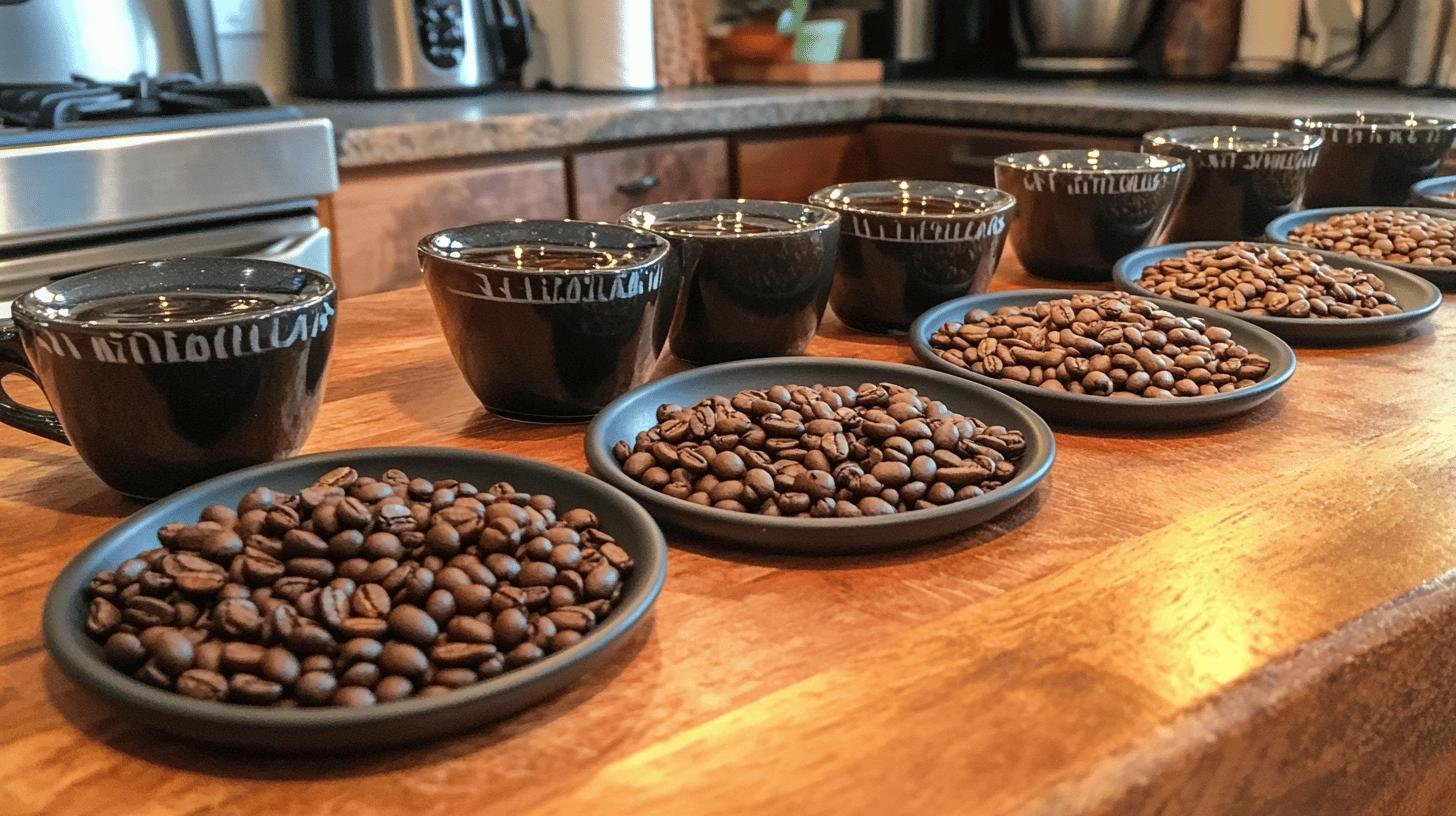
Choosing the right coffee beans for lattes involves considering the origin and roast level. Arabica beans are usually preferred due to their rich, complex flavors, lower acidity, and smoother taste. The origin can greatly influence flavor; for example, Ethiopian beans often have floral and fruity notes, while Brazilian beans might offer nutty and chocolatey flavors. Medium to dark roasts are ideal as they provide a balanced flavor that complements the milk’s creaminess.
Another key consideration is whether the beans are single-origin or blended. Single-origin beans, from one specific region, offer distinct flavors and are great for those who appreciate unique characteristics. Blended beans combine multiple origins to create a balanced and consistent flavor, often enhancing the strengths of various beans.
Key Factors in Choosing Coffee Beans for Lattes:
- Roast Level
- Origin
- Blend vs Single-Origin
Home Roasting vs Store-Bought Coffee Beans for Lattes
Home roasting offers enhanced freshness and flavor. Freshly roasted beans are more vibrant and complex, crucial for a balanced latte. Home roasting is also cost-effective, allowing for high-quality coffee without the premium price of store-bought brands.
Store-bought coffee beans, while convenient, often lack freshness. Packaging, shipping, and shelf storage can result in stale beans, diminishing the flavor experience. They are also typically more expensive and less complex in flavor.
Home roasting allows customization of the roast level to suit personal preferences. Whether you prefer a light, medium, or dark roast, you can experiment and find the perfect level for your lattes. This flexibility ensures consistent coffee that meets your flavor expectations.
Pros and Cons of Home Roasting vs Store-Bought Beans:
| Home Roasting |
Store-Bought Beans |
| Fresher beans |
Convenient |
| More flavorful |
Readily available |
| Cost-effective |
Consistent quality |
| Customizable roast levels |
Less effort required |
Best Coffee Beans for Latte Art
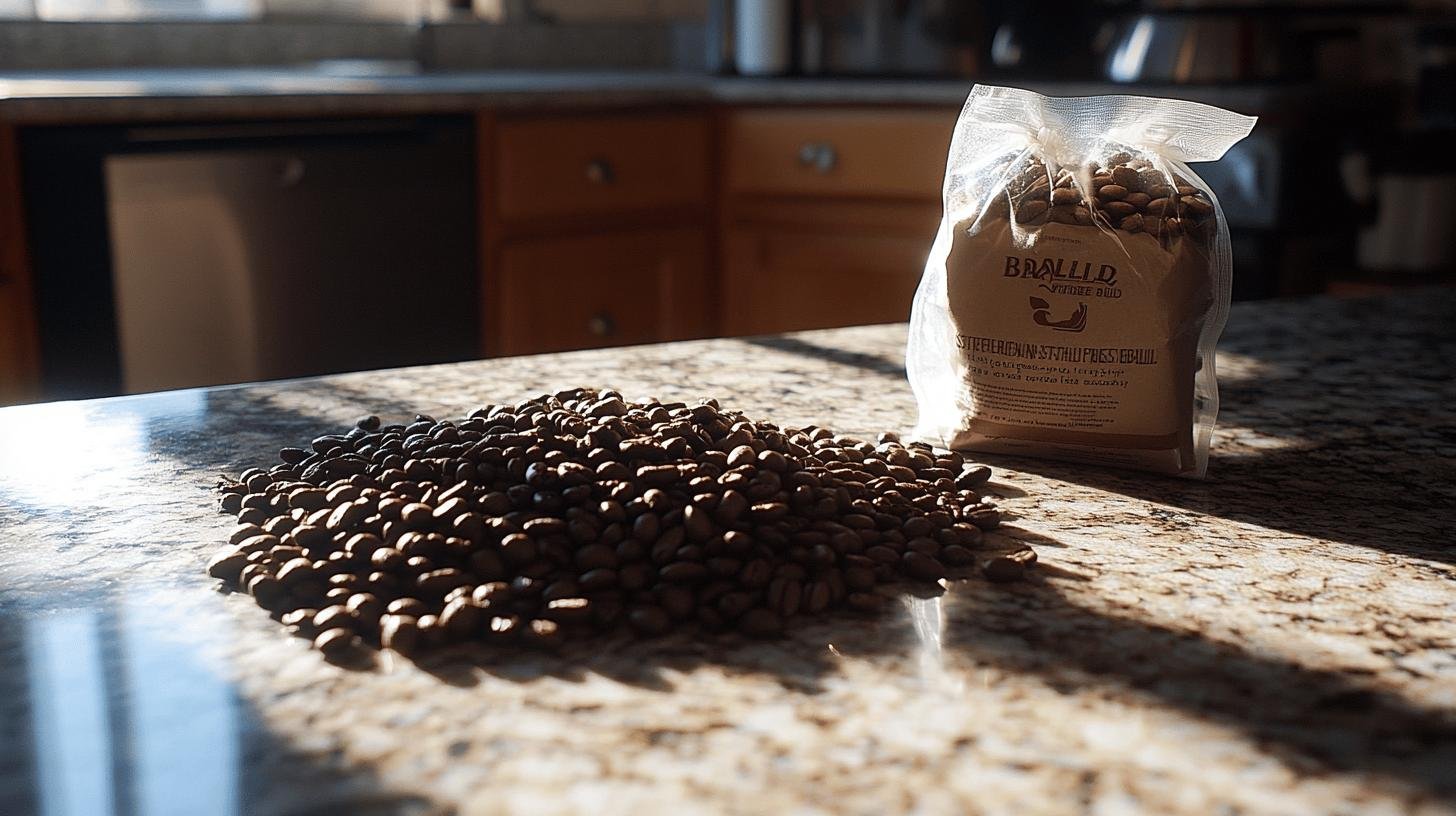
Choosing the right coffee beans is crucial for creating stunning latte art. Medium-dark roast beans are ideal as they balance flavor and crema, essential for microfoam. The Balance Coffee Stability Blend is known for its rich, smooth experience, providing a robust crema for intricate designs. The stability in flavor also helps achieve consistent results, vital for both amateur and professional baristas.
Specific beans can enhance both the appearance and taste of your latte art. Properly roasted beans contribute to a creamier texture, essential for microfoam, ensuring the designs hold their shape and add elegance to each cup.
Recommended Coffee Beans for Latte Art:
Organic Coffee Beans for Lattes: Top Picks
Choosing organic coffee beans offers health benefits and environmental sustainability. Organic beans are grown without synthetic pesticides or fertilizers, ensuring a purer coffee experience. This method promotes better health for consumers and supports eco-friendly practices, preserving biodiversity and reducing soil contamination. The absence of chemicals results in a cleaner taste, crucial for a drink like a latte where the coffee’s character must complement the milk’s creaminess.
Preparing Coffee Beans for the Perfect Latte
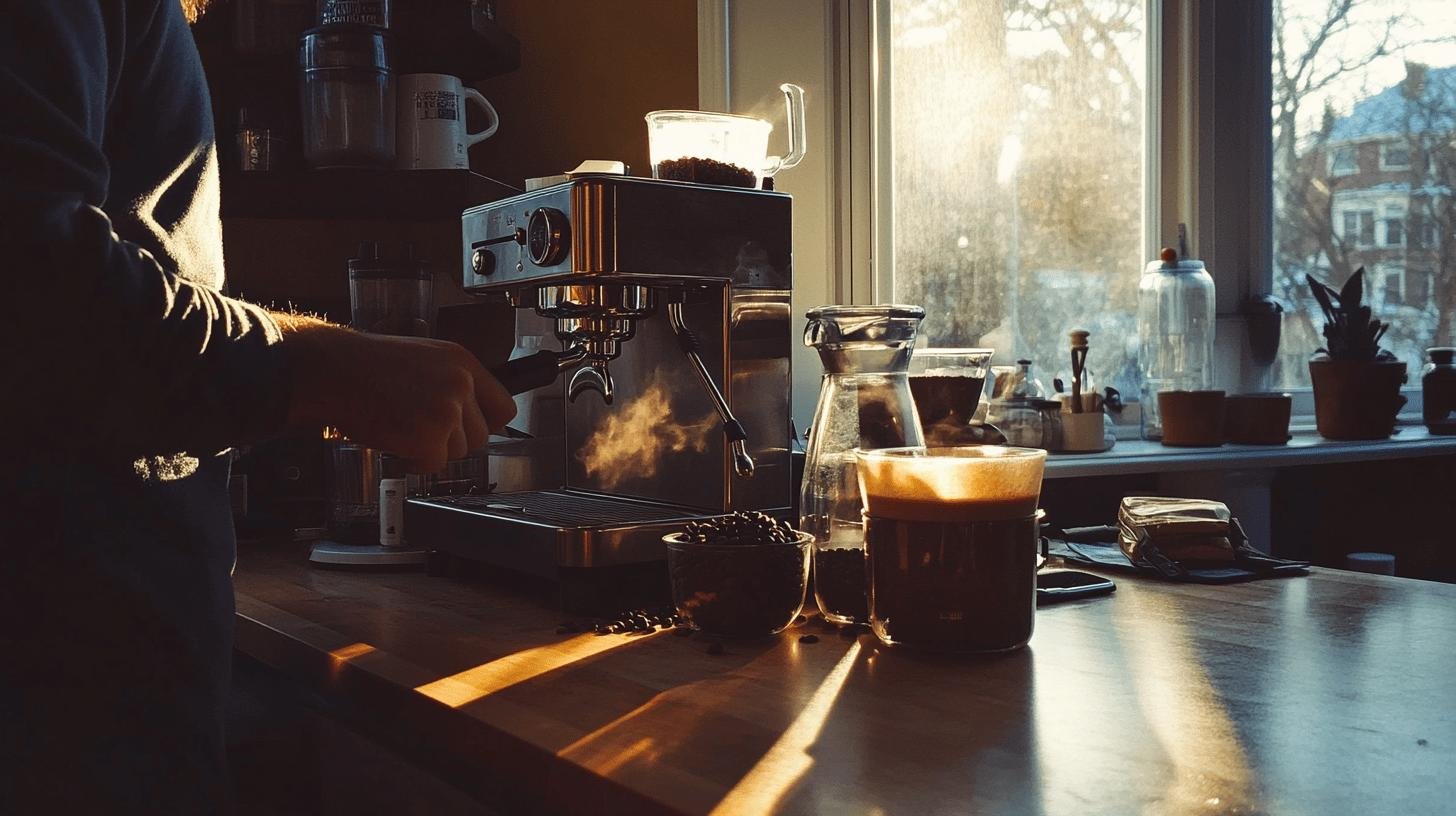
Grinding coffee beans to the ideal espresso consistency is crucial for proper extraction. A fine grind ensures that water passes through the coffee at the right rate, extracting full flavors without over-extraction. If the grind is too coarse, the water flows too quickly, resulting in a weak shot. Conversely, too fine a grind can slow the water flow, leading to bitterness. A high-quality burr grinder ensures consistent grind size, essential for a balanced latte.
Accurate measurement of coffee beans ensures consistent flavor in each cup. Precision in measurement allows for repeatability, making it easier to replicate your desired taste. The standard ratio for espresso is 1:2, meaning for every gram of coffee, aim to extract two grams of espresso. Using a digital scale helps maintain accuracy and consistency in each shot.
Proper tamping is essential for even extraction and rich crema. Tamping compresses the coffee grounds into a compact puck, ensuring even water flow. An uneven tamp can cause channeling, leading to uneven extraction and less flavor. To tamp correctly, apply even pressure and ensure the coffee puck is level. A good tamp results in balanced extraction, contributing to the rich, creamy texture of a perfect latte.
Steps to Prepare Coffee Beans for a Latte:
- Grind beans to the ideal espresso consistency.
- Accurately measure the coffee beans.
- Tamp the coffee properly for even extraction.
Tips for Making the Perfect Latte at Home
Using freshly roasted and ground beans is essential for the best homemade lattes. Fresh beans retain more natural oils and flavors, resulting in a richer and more aromatic cup. Grinding just before brewing captures full flavors, lost if beans are pre-ground. Experiment with different types of milk, such as whole, oat, or almond, to find your perfect match.
Steaming milk to achieve perfect microfoam enhances your latte. Microfoam is created by introducing tiny air bubbles while steaming. Start with cold milk and use a steam wand to inject air gradually. Aim for a dense, smooth foam without large bubbles. Proper microfoam improves texture and allows for beautiful latte art, adding an aesthetic touch to your homemade beverage.
Tips for Making the Perfect Latte at Home:
- Use freshly roasted and ground beans for the best flavor.
- Experiment with different milk types to find your best match.
- Practice steaming milk to achieve perfect microfoam for lattes.
Final Words
Understanding the best coffee beans for latte creation enhances the tasting experience.
This guide explored top coffee beans, selection criteria, home roasting, and essential tips.
Choosing the right beans involves understanding origin, roast level, and single-origin versus blends.
Home roasting offers customization but requires practice, while store-bought beans provide convenience.
Embracing these tips ensures a perfect latte.
Experiment with different beans and techniques to achieve an impeccable, at-home latte experience.
FAQ
What are the best coffee beans for lattes?
The best coffee beans for lattes include Peru Tapir Andino Red Honey, which offers a delightful aroma of chocolate and mango, and Guatemala Antigua Los Volcanes, known for its balanced sweetness and acidity.
Which beans to use for latte?
Arabica beans are preferred for lattes due to their rich, complex flavor and smooth taste. Look for medium to dark roast levels for optimal results.
How to steam milk for a latte?
To steam milk for a latte, start with cold milk and use a steam wand. Hold the wand just below the milk’s surface to create microfoam. Aim for a smooth, velvety texture without large bubbles. The ideal temperature is around 150-155°F (65-68°C) for the best flavor and texture.
Which coffee to use for a latte?
For a latte, medium to dark roast Arabica beans are ideal. They provide a rich, smooth flavor and pair well with milk, enhancing the overall taste of the latte.
What’s the difference between a latte and a cappuccino?
The main difference between a latte and a cappuccino is the milk-to-espresso ratio. A latte has more steamed milk and a thin layer of foam, while a cappuccino has equal parts espresso, steamed milk, and foam. Lattes are creamier, while cappuccinos have a stronger coffee flavor and more foam.



